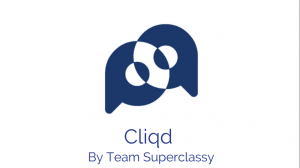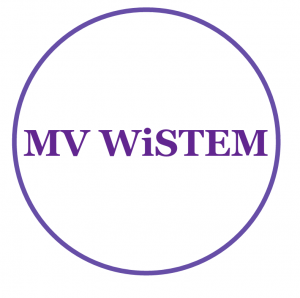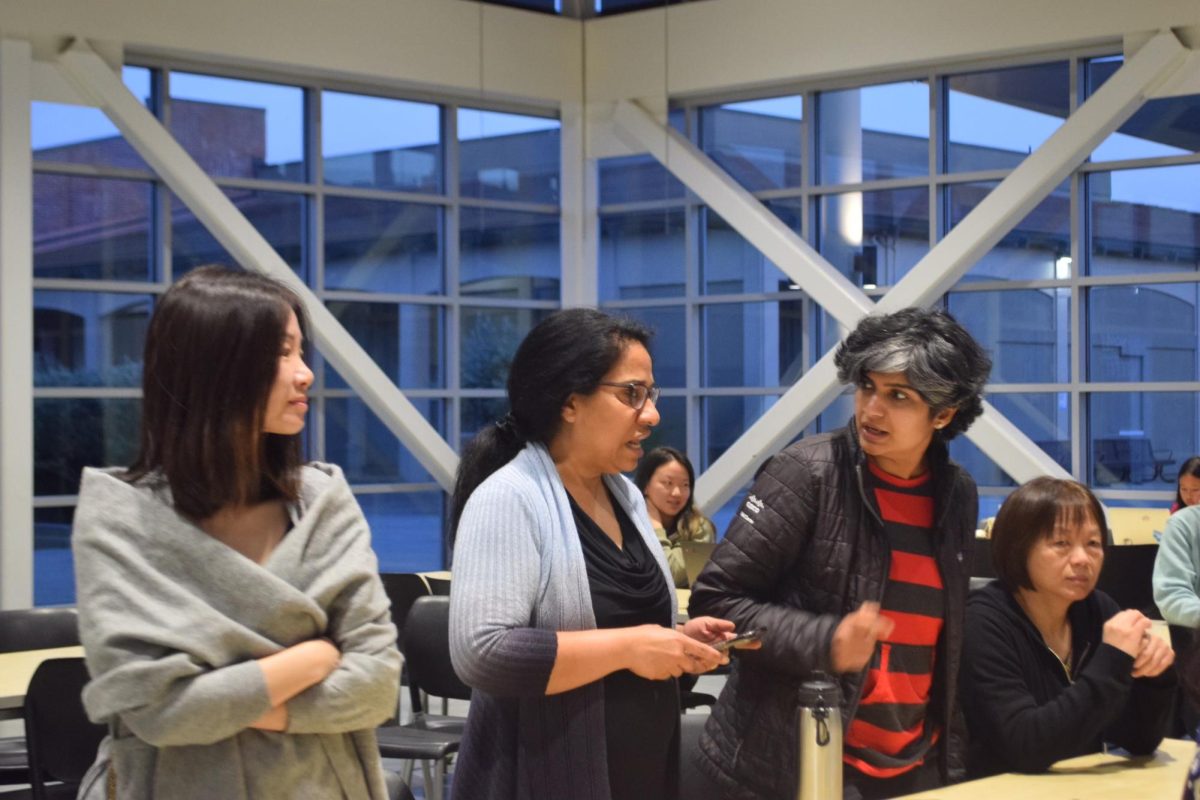
hroughout the years, the development of all-girls STEM related clubs at Monta Vista High School, namely Women in STEM (WiSTEM) and Technovation, have influenced many of its female members to take a pathway in a STEM related career, a field where women are underrepresented in. Along her journey in high-school, senior Johanna Karras has not only immersed herself in these clubs but also managed to attain high leadership positions such as President and Vice-President respectively. Proceed below for an in depth interview with Karras which details her motives, experiences, and goals by joining these clubs.
EE: You are in both WiSTEM and Technovation with extremely high officer positions.
JK: Yes. I am the Co-President of WiSTEM and the Vice President of Technovation.
EE: Why did you choose both of these clubs? When did you join each of them?
JK: I joined both my clubs in Freshman year. I joined WiSTEM because I did a lot of science and math clubs but I really liked the community feeling of WiSTEM and it is just like a smaller club. We do really cool labs and because it is a smaller club, it is very tightly knit.
EE: What are the sizes of each club?
JK: We have around thirty members in WiSTEM and Technovation is just slightly bigger.However, not all members are active

EE: Both of these clubs are all-female clubs. When you joined both during your freshman year, did this factor come into consideration?
JK: Obviously I joined them because I was interested in the subject matter but I particularly like these clubs because since they are all-girls, there is more sense of community where we understand each other. In Monta Vista, when you have these girls who are interested and that they see other girls who are interested in the same subject matter, it creates a sense of unity. That being said, I don’t have anything against co-education clubs but these are the clubs I found my friends in. These clubs are also for a cause for promoting female immersion in STEM and this is also a cause that I care about.
EE: Do you believe that Women are being underrepresented in STEM fields?
JK: Yes. I don’t have to believe it because just look at the numbers and see. Even at Monta Vista this is the case. I remember in my AP Computer Sciences Class, there were six girls in the class and the rest were guys and there were 30 people in that class.
EE: Why do you believe that this under-representation has a negative impact on society?
JK: I think that the factors in which women are being underrepresented do not just go into STEM. Obviously, the fact that there are less women in these fields is not just an isolated problem as it is a result of many other factors. We tell our girls in society that they should go into more nurturing careers and this is an example of how gender roles are expressed in our society. As soon as you start to tackle one of these stereotypes, in my case STEM, you also start to take down other gender stereotypes and limitations in which girls might face

EE: Do you agree with the statement that women provide a different perspective to aspects in the STEM community which men cannot?
JK: I definitely think there is a difference in the approaches between women and men because in group projects, women do tend to behave differently. They tend to have different ideas than men and, at least in the group projects which I have been through, girls tend to be more inclined towards user interface and cooperating whereas boys tend to generate their own ideas and butt heads. However, I think the statement of “bringing a different perspective” in itself is sexist since it is suggesting that girls will bring in ideas about hospitality; ideas such as ‘how to make the home better’ or ‘how to take care of children.’ I recently watched a video on Facebook trying to bring women into STEM fields. It was highlighting how in hypothetical situations, guys just want to make games while girls wanted to make apps helping, for example, children in Africa obtain clean water. Although that in itself isn’t a bad goal, I think that when people say that women bring different perspectives and ideas, they are characterizing the idea that women have different values than men and that all women have the same ideas. This is obviously not the case because it is grouping people into stereotypes. All in all, i do agree with that statement in some sense, but I think that in itself, that statement is what causes gender roles in society.
EE: Does this apply to our school system?
JK: Definitely, the stereotype of girls doing all of the work, having the nice handwriting, being responsible and being artistic while guys are the complete opposite. I feel that at MV the teachers are also caught up in these roles where they have to have girls in the group to keep the group on task. I think that this is sexist and false since I, for one, do not have the best hand writing.
EE: What do these clubs promote about STEM that are unique from other clubs on campus?
JK: Starting with Technovation, it is really unique because it is not just a business or computer sciences club. It blends the two fields into something which I feel is more realistic because in the real world, where you need both computer sciences and business to succeed. That makes for a really unique club. The hands on application of the skills that you are learning in class is also important because each year, members compete and in the international competition, members need to develop a business plan and app. I feel like this is very 21st century and applicable to the Silicon Valley.
EE: Do you believe that living in Silicon Valley and having exposure to technology has given competitors from MV any competitive edge?
JK: I think our club has probably has an easier time gaining interest within the student body. We definitely, in terms experience level, have an edge in that many have taken a computer sciences class whereas, in other parts of the country and the world, girls do not have access to these resources and classes. However, in the competition, it is very fair because it takes that factor, that some girls are limited in opportunities, into account. Thus, the competition is more about the idea and how you carry out your business and not so much on who has the better program.
EE: That being said, do they have higher expectations that put you at a competitive disadvantages?
JK: They definitely have higher expectations for girls who are living in Silicon Valley and have all these opportunities and resources versus someone coming from a less developed country. I would say that it levels out the playing field because every year there are winners from the Silicon Valley and you really do have to take into account everyone’s background and situation. There is definitely more competition in the Silicon Valley.
EE: What about WiSTEM is unique in that it provides something that other clubs do not?
JK: I think that WiSTEM is a much more hands on club experience than what you will find elsewhere. This is not just in terms of what we do, but also the opportunities that open up. For example, we have TechSpark as our sponsor, we have a mentor-ship program and we have the annual research fair each year as well. We are not just about getting girls exposed during a lunchtime period, but rather a club that gets our members to have opportunities to be exposed to different professions. We want them to conduct their own experiments and tour different industries so they can find that one thing that they are really passionate about in STEM.
EE: What kind of labs do you do in WiSTEM?
JK: Our labs range all across STEM fields. We have done Chemistry Labs, Biology Labs, we have our annual sheep brain dissection, we light things on fire pretty often and whatever what our member suggest as we always try to cater to what they want. That being said, we do a little bit of different things each year. WiSTEM is more of a science oriented club while Technovation is more technology.

EE: What similar assets are shared between Technovation and WiSTEM?
JK: They are similar in the sense that they are all female. Other than that, they are pretty different. Technovation is more about, in terms of meeting structure, going in and learning about coding and business while WiSTEM is more about going in and doing a lab. Technovation is more project oriented where members are just working on coding and their Technovation project. There is definitely some of that in WiSTEM as well, as seen in our annual research exposition, but I would say that WiSTEM is more science-oriented and hands on.
EE: WiSTEM got off to a rough start over paper-work. How did the several month delay affect the club in general?
JK: We missed club day and club food day, which is one of our main sources of funding. We are not a super high budget club so we do use club food day as our main source of revenue. We missed a lot of our good promotion time but we definitely will rebound and come back stronger. We lost active members because we missed all of those days. We are not too concerned because, like I said, in second semester, we won’t miss those promotional days and we will be able to get more new members. Another area which we were affected was our curriculum. Last year, we had a unit system where we would spend a month doing a certain topic. This year, we decided to go back to our original curriculum where each week is something new. The fact that we didn’t want to start a unit with only a month in the semester definitely played a role, but mainly, it was our members that preferred something new each week.
EE: These classes at school are very command line experiences where there is a lack of hands on activities. Do you personally prefer these classes to be more hands on or do you prefer to keep the classes the way they are and have members develop hands on skills of their choice through clubs?
JK: In my opinion, I think the classes are the way they are because on the AP curriculum, there is a huge time crunch in learning the material which hands on activities take a long time in teaching. That fact and the lack of funding allows me to understand why these classes are the way they are. Personally, I think that ideally classes should be more hands on because seeing what something would actually be like or having the actual discovery is important in the sense that it educates students in recognizing how what they learn apply in the real world.










